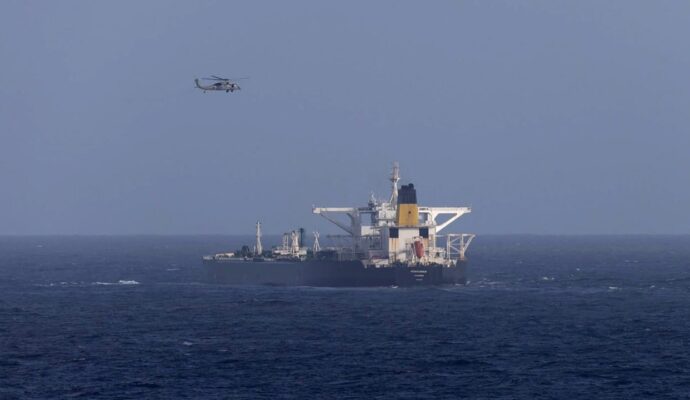Advertisement
On Sunday, CCTV confirmed for the first time that the Type 055 stealth guided-missile destroyer Lhasa could use data links to synchronise with People’s Liberation Army’s airborne early warning platforms, enabling it to conduct long-range anti-ship and air-defence strikes without relying solely on the ship’s radars.
Song Zhongping, a former PLA instructor and military commentator, said this represented a major advance in operational coordination.
“Battlefield data fusion – what we call ‘situation connectivity’ – means complete interoperability and seamless information sharing across domains,” he said.
CCTV footage showed the Lhasa taking part in a live-fire exercise involving multi-service coordination under the PLA’s Northern Theatre Command, firing missiles guided by airborne targeting cues. Shipborne helicopters and sensors fed data into the combat centre for simultaneous sea‑and‑air engagements, the report said.
“We used data links to share battlefield awareness in real time with the early warning aircraft, significantly expanding our detection range,” Wang Mingwei, a senior sergeant on the Lhasa, told CCTV. “It allows us to identify both air and sea threats far beyond visual range.”
Advertisement
Song said the networked capability mirrored Pakistan’s use of the same Chinese technology to shoot down Indian fighters near the disputed Kashmir region.



